Summary : Outdated network cabling can slow business operations, disrupt communication, and limit growth. Key signs for an upgrade include frequent downtime, slow internet speeds, poor call quality, inability to support new technologies, and visible cable wear. Upgrading to high-speed cables like Cat6, Cat6A, or fiber optics improves data transfer, reduces interference, enhances security, and future-proofs your network. Investing in modern cabling boosts productivity, lowers IT costs, and ensures scalable, reliable connectivity for businesses in New Jersey and Pennsylvania.
Walk into any office or warehouse today. What do you find? Cables- everywhere. Behind desks, in ceilings, tangled in racks.
Everything’s connected: phones, Wi-Fi, security systems, you name it.
But here’s the problem: when cables are unmanaged, they’re not just messy. They’re risky. It all adds up to slowdowns, safety hazards, and hours lost to troubleshooting.
So ask yourself: is your setup helping you or holding you back?
This quick guide cuts through the noise. It’s packed with smart, field-tested tips to organize your network cabling like a pro- whether starting fresh or fixing a long-standing mess.
Let’s get your infrastructure as clean and sharp as the tech it supports.
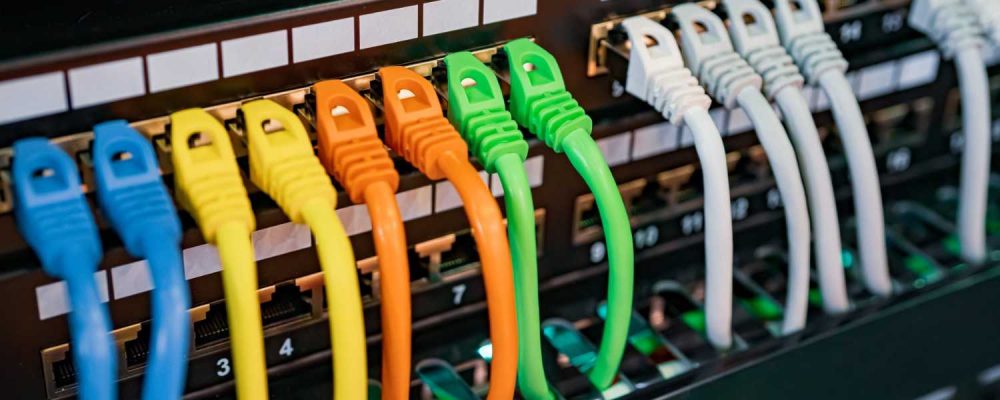
Network cable management is the structured approach to routing, labeling, securing, and maintaining network cables. It’s about more than just making things look neat. At its core, it’s about:
In commercial environments like office buildings, data centers, or warehouses, improper cable management can block airflow, cause equipment to overheat, or void manufacturer warranties. And when issues arise, tracing a single cable in a mass of hundreds can cost serious downtime.
A structured cable management system ensures everything is documented, organized, and accessible. It supports both operational efficiency and long-term scalability.

Choosing the correct cable type is critical to performance and effective management. Here are the most commonly used cables:
Your choice influences your layout, bend radius requirements, and enclosures. For example, fiber cables are more delicate and need specialized handling.
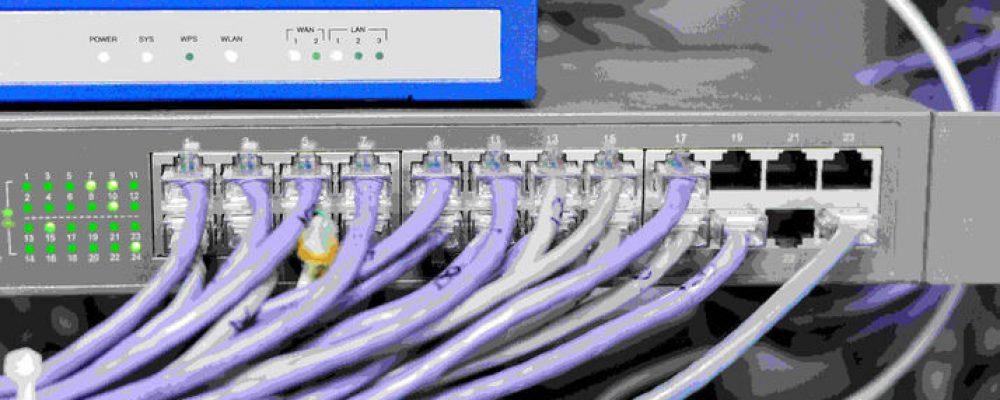
A tidy, efficient cabling system doesn’t just happen. It requires the right tools:
These elements make your setup cleaner, safer, and easier to maintain.
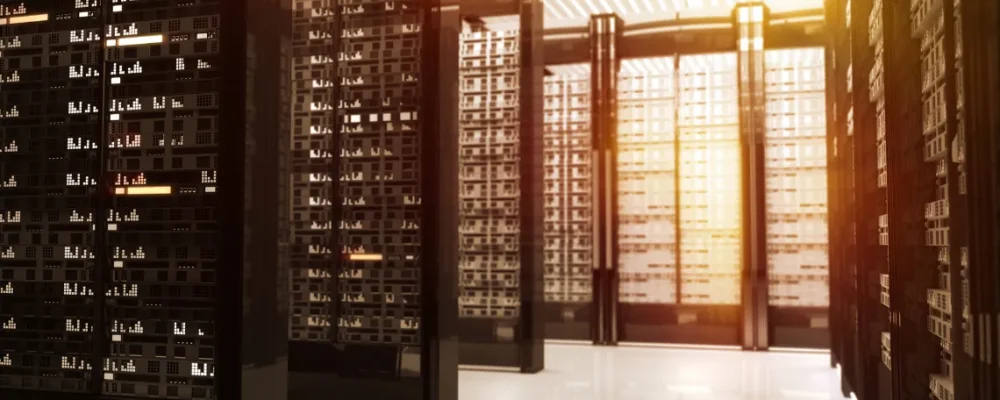
Getting cable management right isn’t about looks but performance, safety, and scalability. Here’s how to do it right, from the ground up:
Winging it is a mistake you’ll pay for later. Before pulling a single cable, create a detailed map. Know exactly where your devices will go, how your racks are spaced, and how cables will move through ceilings, floors, or walls.
Ask: What’s the cleanest, shortest, and safest path? Planning upfront saves hours of rework down the line.
Not all interference is visible. Running data cables near power lines, HVAC systems, or fluorescent lighting can lead to subtle but frustrating connectivity issues.
Tip: Always cross power and data cables at 90 degrees, never run them parallel for long distances.
It might seem convenient to run everything together, but it’s a shortcut with consequences. Power cables generate interference. Data cables are vulnerable.
Solution: Use separate conduits or raceways. Keep a clear physical gap between power and low-voltage lines.
Every cable has a minimum bend radius (usually about 4 times the diameter). Kinking or sharply bending cables, especially fiber or Cat6, can lead to degraded signal or permanent damage.
Golden rule: if it looks too tight, it probably is. Keep turns smooth and wide.
Zip ties are quick, but they can be unforgiving. Crushed cables = performance problems. Instead, use Velcro wraps, which are reusable and gentler on the cable jacket.
If you must use zip ties, leave a little slack. Cables should be secure, not strangled.
Businesses grow. Networks expand. If you only install for today’s needs, you’re falling behind.
Always build with headroom: oversized trays, extra rack space, and spare conduit runs. Trust us. In the future, you will thank you when it’s time to scale.
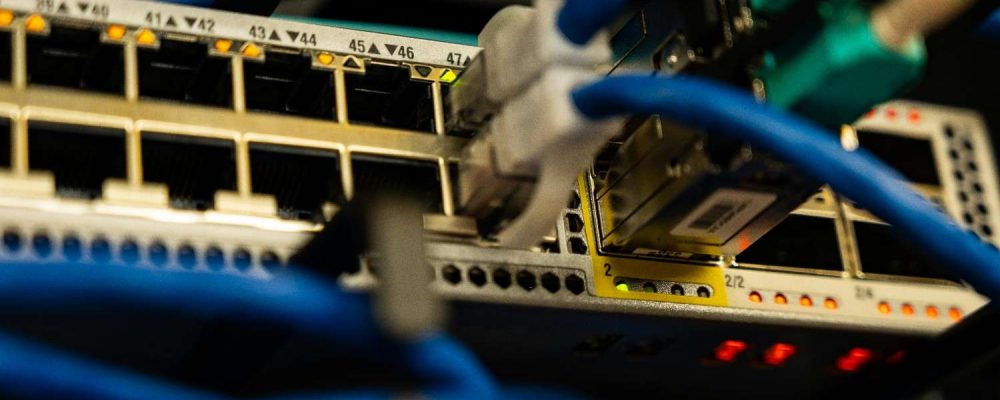
In larger environments, combining both types delivers the cleanest, most scalable result.
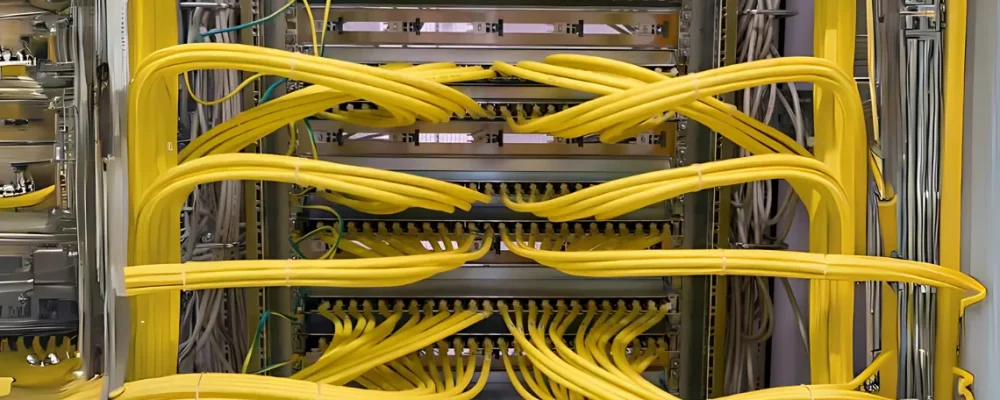
Cable management isn’t just best practice, it’s required by law in many settings.
Neglecting these standards can lead to fines, insurance issues, or even shutdowns.
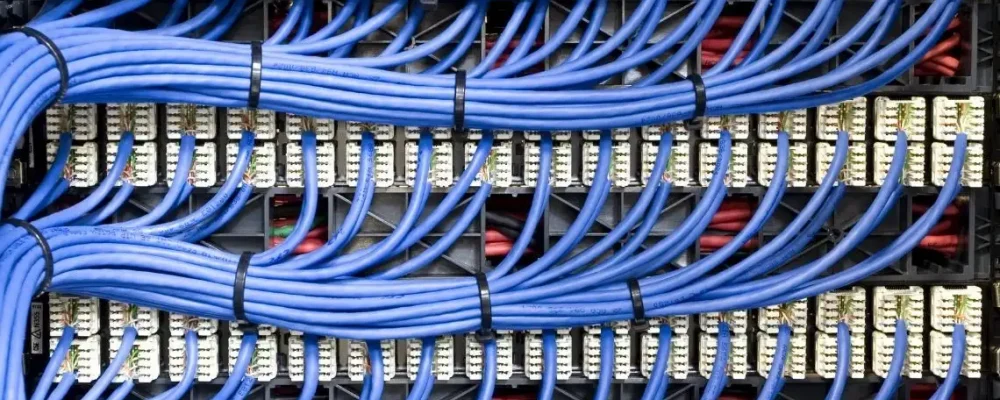
Managing cables might seem straightforward—until mistakes creep in. Here are some pitfalls we see too often and how you can steer clear of them:
Trying to cram too many cables into a tray chokes airflow and turns any maintenance into a nightmare. It’s like stuffing a suitcase until you can’t close it.
Fix: Always size trays to handle at least twice your cable volume. Keep cables neatly bundled and separated. This keeps airflow steady and gives you room to work later.
Unlabeled cables are a recipe for disaster. Tracking down a faulty wire can turn into hours of guesswork and frustration.
Fix: Label both ends of every cable clearly and consistently. Use standardized color codes or numbering schemes. When everyone “speaks the same language,” troubleshooting becomes much faster.
Not all cables play nicely together. Cable types have different bend tolerances, temperature limits, and shielding requirements.
Fix: Stick to consistent cable types within each zone or rack. Keep thorough documentation of cable specs- so anyone can quickly understand what’s installed and why.
It’s easy to design a network for “right now.” But as your business expands, that short-sighted approach will bite you. Systems that can’t scale quickly become obsolete.
Fix: When designing racks, trays, and conduits, plan for 2 to 3 times your current capacity. It’s an investment in the future- saving you headaches and costs.
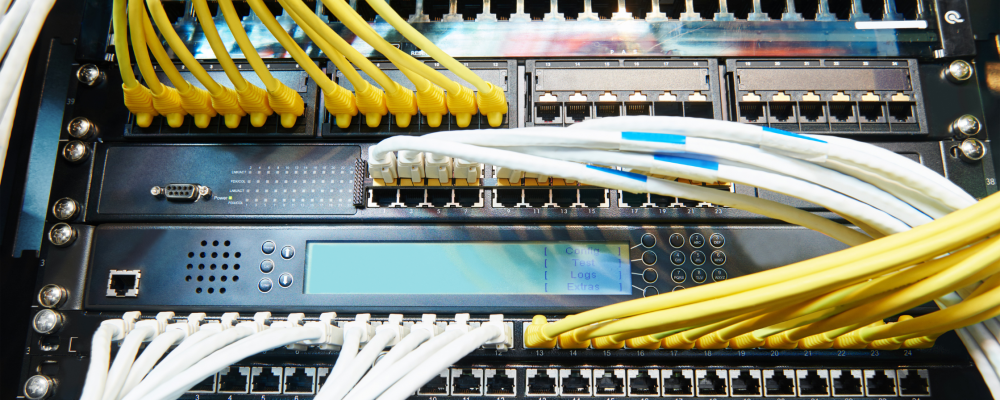
At Network Drops, we treat cable management as both art and science.
Whether you’re running a warehouse, office, school, or retail space, we tailor the solution to your operations and compliance needs.
Our technicians are trained in BICSI guidelines, OSHA standards, and NEC codes.
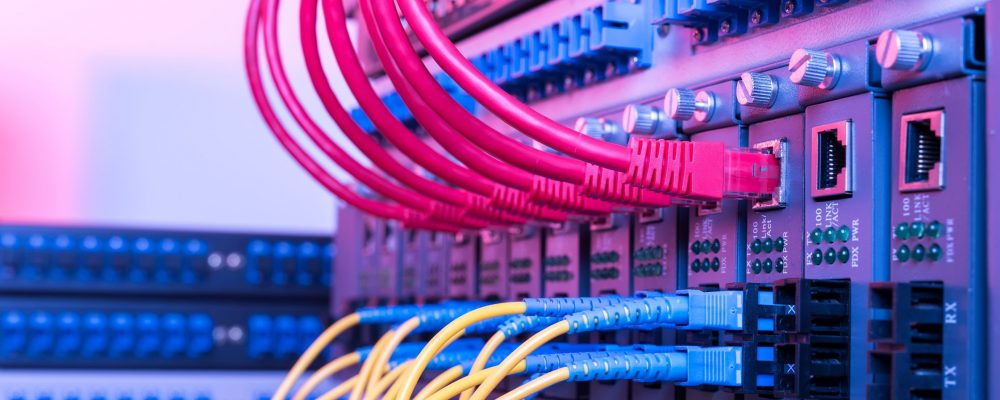
Our team handles everything from planning to execution—cleanly, quickly, and professionally.
Structured cable management isn’t just about looking tidy. It’s about building an IT infrastructure that performs better, lasts longer, and scales smoothly with your business. Whether you’re a small office or a growing enterprise, taking the time to get this right pays off in fewer headaches and lower costs.
Need help getting started? Contact Network Drops for a no-obligation consultation. Let’s untangle the mess and set you up for success.
Velcro wraps, horizontal and vertical cable managers, patch panels, and color-coded labels are essentials.
At least once a year. Quarterly inspections are even better for high-use environments.
Plenum cables are fire-resistant and required for air circulation spaces. Non-plenum is for general use where fire codes don’t apply.
Yes. Crushed, kinked, or EM-interfered cables can degrade signal and cause downtime.
Absolutely. We specialize in live-environment upgrades with minimal disruption.
"*" indicates required fields
Scott Fcasni is the driving force behind Shock I.T. Support’s commercial datacomm cabling division, delivering expert solutions that power reliable, high-performance network infrastructures. With extensive experience in structured cabling and a commitment to precision, Scott ensures that every project—whether for small businesses or large enterprises—meets the highest standards of quality and scalability.